The lay of the land for recreational camping and travel is more buoyant now than it was this time last month. Australia hasn’t gone the way of Italy or the USA. The spectre of military enforced lockdown has, thankfully, not eventuated. Instead, strict nationwide travel regulations are easing, with Western Australian premier, Mark McGowan recently announcing, “the cautious easing of some restrictions”. On 1 May, a number of Western Australian national parks, reserves and state forests opened for bookings. This represents a small but significant ray of hope that life for those of us who love offroad, remote adventure is returning to some degree of normality.
That said, the rules and regulations surrounding recreational travel, state by state, remain complicated. State borders are still closed and don’t look like opening any time soon. In some states with diversified population groups, intra-state borders are in place. In Western Australia, for instance, the state is divided into six intra-state sections. For sandgropers, travel beyond their own home section is still restricted. If a national park or state forest that has implemented the “cautious easing of restrictions” is within their home section, then it’s possible for them to camp there, so long as they check the official government website and abide by the latest regulations of the particular place they intend to visit. Camping as normal is still not entirely possible but at least they can go camping.
This is also the case in some parts of the Northern Territory. Again, similar to WA, the Territory is home to a diverse range of population groups, some a lot more vulnerable to COVID-19 than others. Some NT national parks are allowing groups of up to ten to “gather together” for recreational purposes. Some regulations for doing so are still in place. These are dependent on the area Territorians choose to visit. To properly avail themselves of what these restrictions are, Territorians should carefully consult the official NT government website. But again, at least it’s something beyond them staying inside with the door locked.
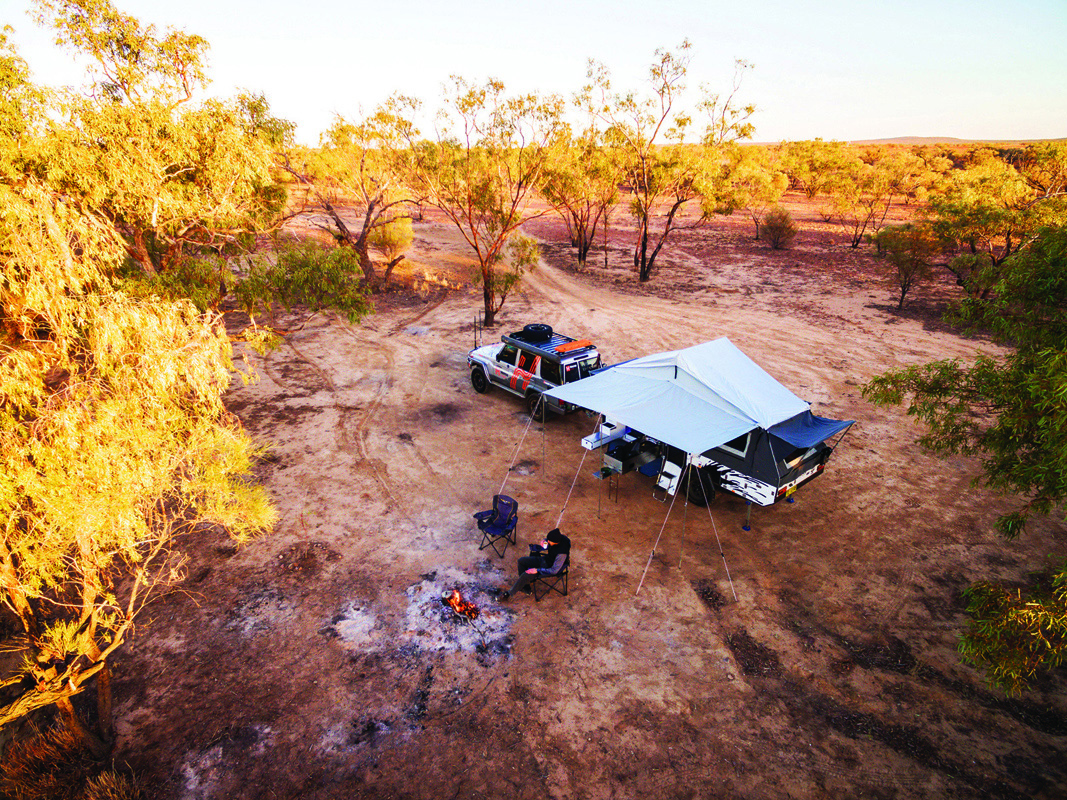


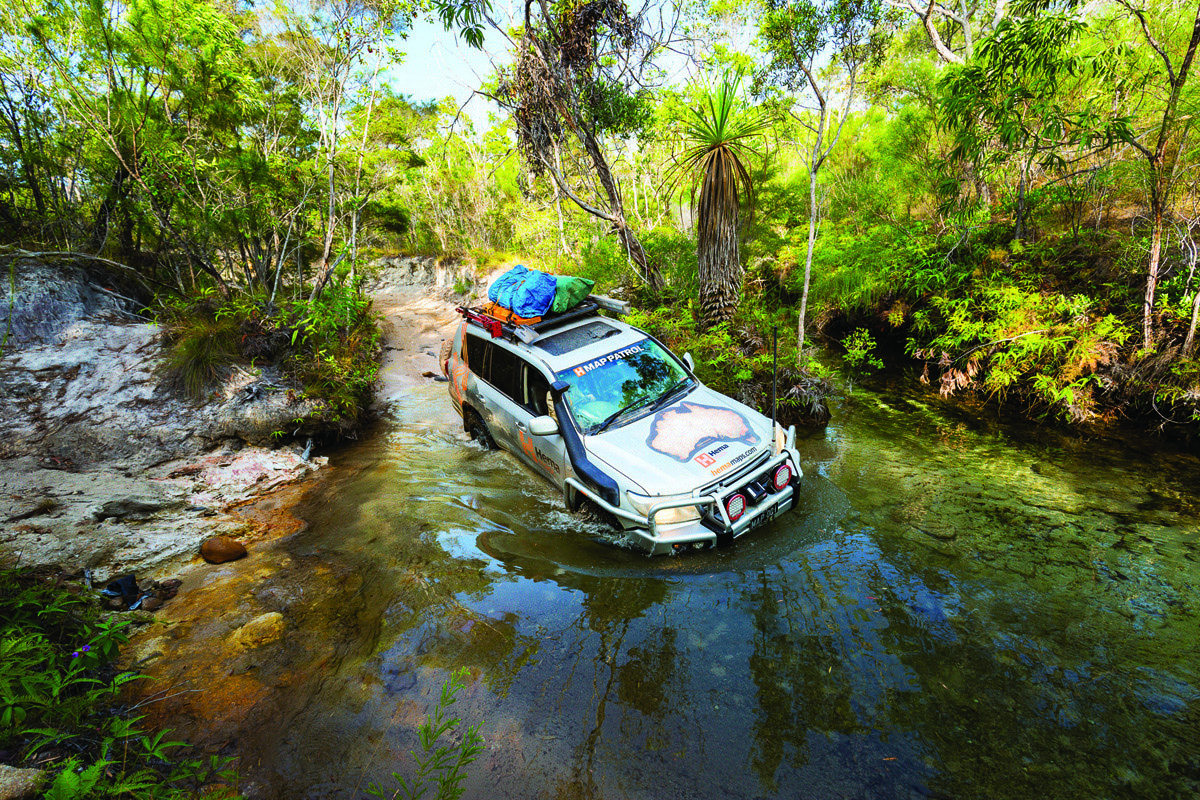

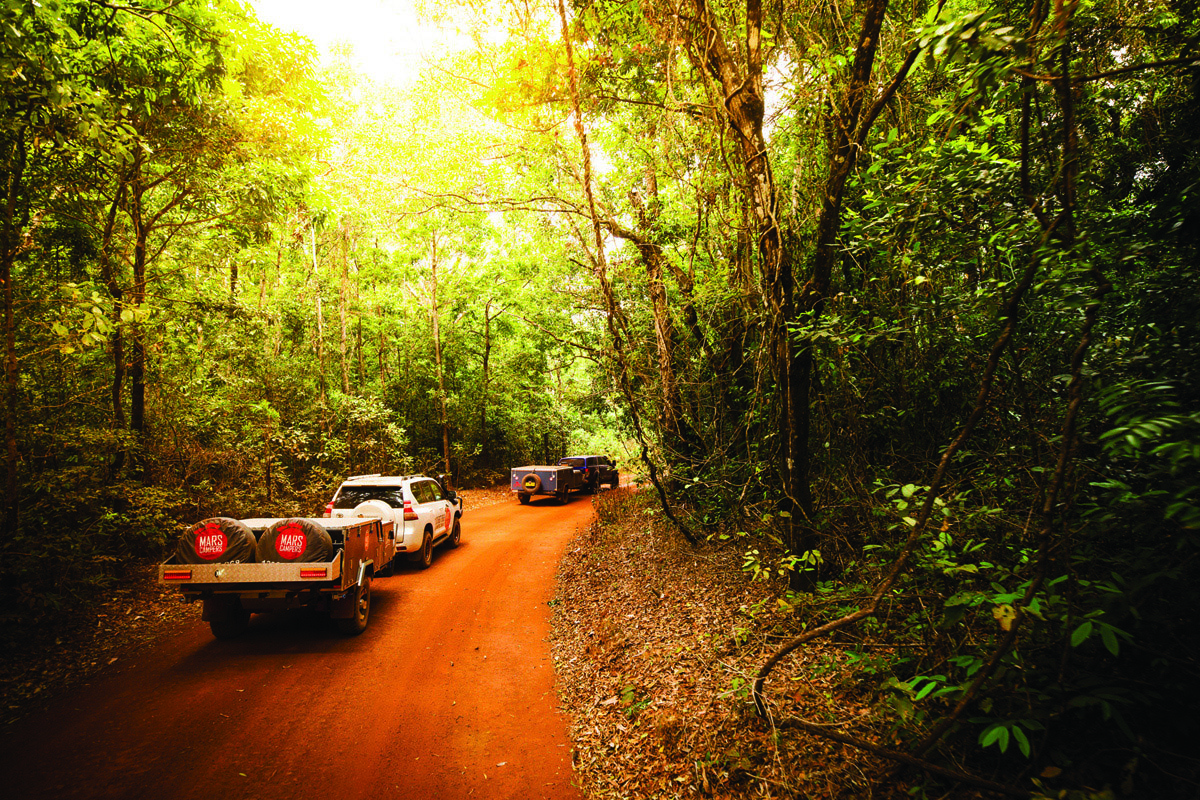
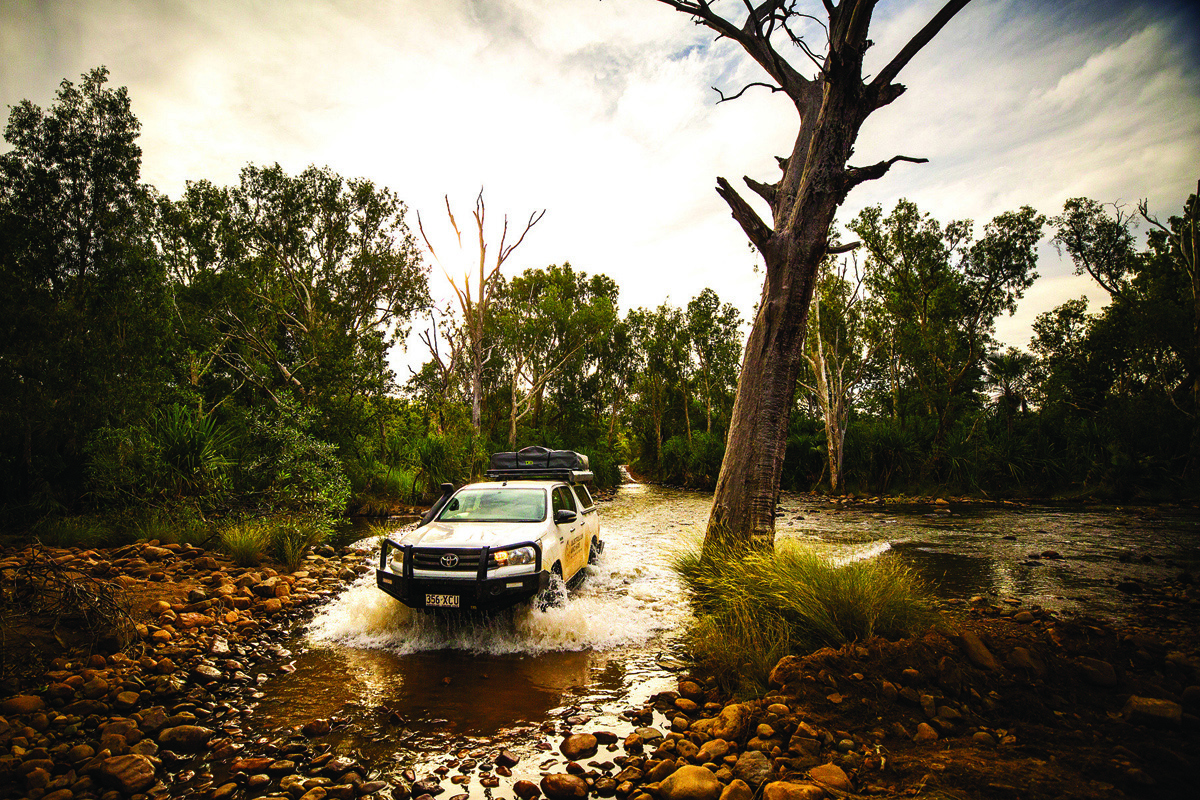
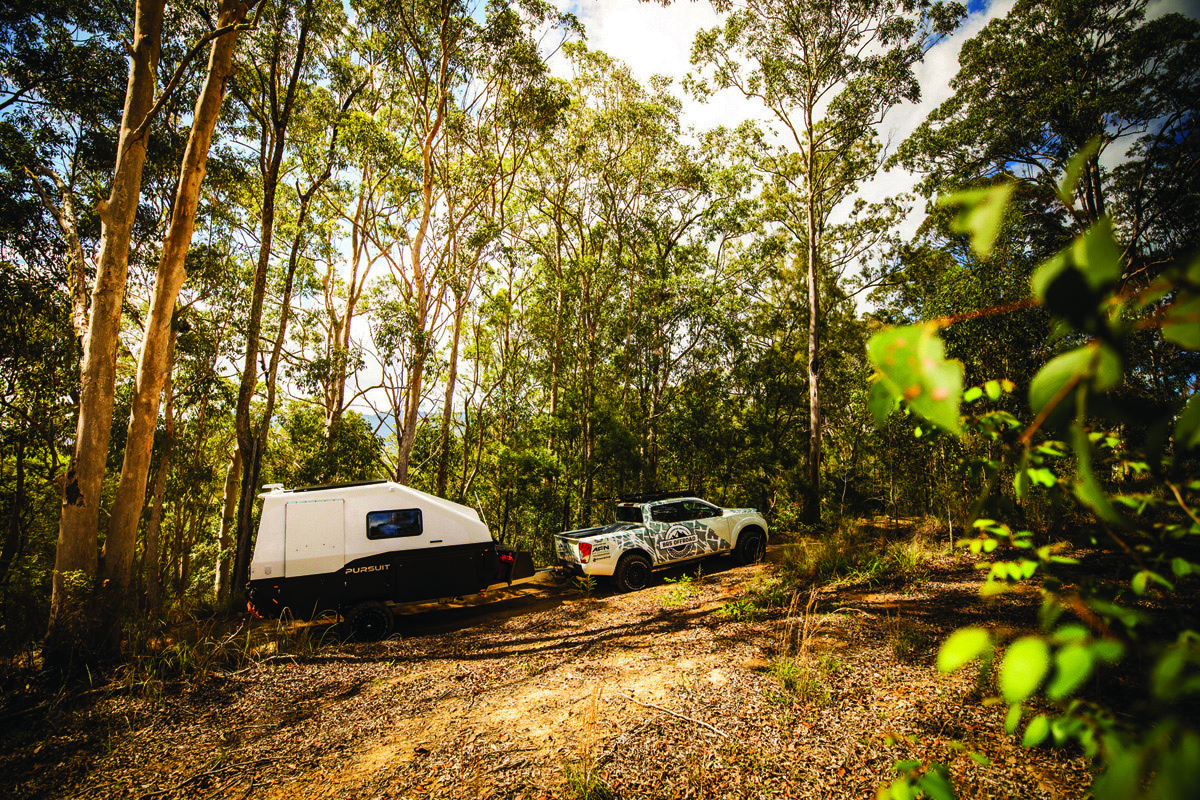
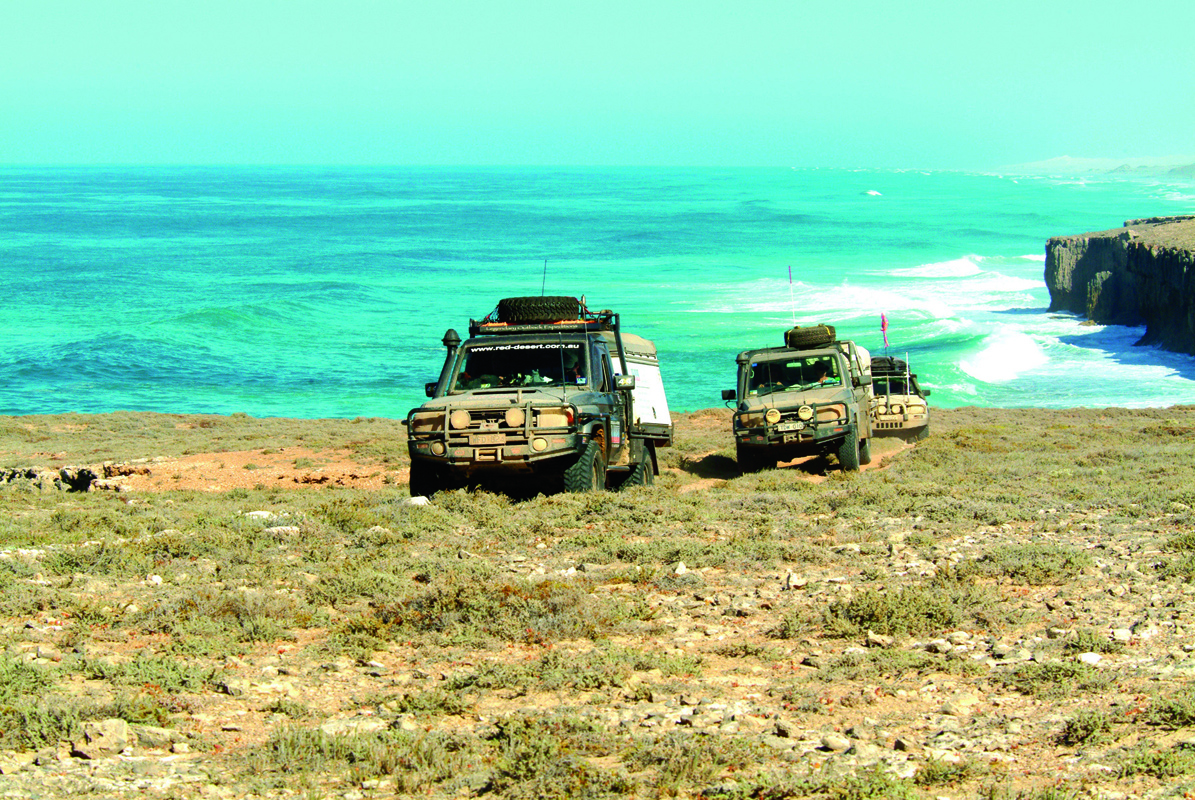
In Queensland, as well as being able to leave their houses for essential purposes, from Saturday 2 May, Queenslanders will also be able to leave for recreational purposes. Hallelujah! I can hear all you banana benders saying.
This means from Saturday, 2 May, Queenslanders can:
- Go for a drive (including teaching a learner driver from within your household)
- Ride a motorbike
- Have a picnic
- Visit a national park (check which parks are open)
- Shop in places already open
- Fish
- Go boating
But there are three conditions:
- Queenslanders must practice social distancing and stay 1.5m from others and hygiene must be maintained;
- Queenslanders must only be joined by the people who usually live with them or one other banana bender who doesn't live with them
- Queenslanders must stay within 50km of their homes
Restrictions on non-essential travel within Victoria, New South Wales, Tasmania, Canberra and South Australia, as we go to print, remain strict. Unfortunately, at the moment, in these states, this rules out any travel for recreational purposes. Residents in these states who are keen to stay abreast of the latest recreational travel developments should bookmark their relevant state government web page and check-in, daily, for the latest updates. COVID-19 remains a fast developing matter. Things change, or are updated, frequently.
FEDERAL GOVERNMENT OVERSIGHT
On 6 May, Prime Minister of Australia, Scott Morrison, met with his New Zealand counterpart, Jacinda Ardern, in part, to discuss the possibility of easing travel restrictions between the two nations.
This was a hugely significant event in terms of getting the wheels of normal recreational and business travel activity moving. Where once was complete stasis there is now, at least, some degree of momentum. Even the prospect of a small degree of momentum goes some way towards arresting the creeping horror of a lockdown cabin-fever scenario without end.
Morrison was careful to point out the proposed return to some semblance of normality by reactivating travel-as-usual between Australia and New Zealand would “not happen next week”, but rather only after Australians were travelling freely across state borders.
“When we see, for instance, Australians travelling from Melbourne to Cairns, I would expect, everything being equal, we should be able to fly from Melbourne to Auckland or Christchurch, or something like that,” Morrison said.
Australia and New Zealand have performed better than most other nations when it comes to success in flattening the COVID-19 rate-of-infection curve. This success has ultimately led to initiating dialogue about planning a clear pathway out from self-imposed lockdown. Flattening the curve has led to a practical discussion on how to safely and carefully ease travel restrictions and, perhaps most interesting to us here at Camper, to the beginnings of clear-eyed communication about what a post-COVID-19 world will actually look like, especially domestically here in Australia.
“Look at the big picture, with tourism carefully handled, we could get it started a whole lot sooner than people are owning up to at this point in time, or admitting or dare I say, dreaming to do.
“Time is of the essence in terms of both of our economies and if we have confidence in each other, and the same systems and see ourselves as one for the purpose of economic recovery, then I think it will be a whole lot sooner than people think,” New Zealand’s Foreign Minister, Winston Peters, said upon emerging from the leader’s meeting.
Australian PM,Scott Morrison was more reserved, stressing that normal travel between the two countries was still a way off. Australia is expected to start easing some case-by-case COVID-related domestic travel restrictions later in May.
Morrison said all countries would eventually reconnect and that an “obvious place for this to start” was Australia and New Zealand starting to discuss the possibility of recommencing trans-Tasman routes.
New Zealand PM, Jacinda Ardern, said the two countries could negotiate a reopening because there were a lot of similarities in the way they had managed the pandemic, but that neither would move too quickly to open travel.
Queensland Premier, Annastacia Palaszczuk, welcomed the development, but said her first priority was domestic tourism. Queensland’s borders, like the cases of all other states, have been closed for a month.
“Of course it depends at what stage the health advice is that we can do that and of course a number of states have border restrictions in place like we do.
“I know a lot of New Zealanders live in Queensland and vice-versa, so hopefully down the track we can look at some freedom of movement there, so that would be wonderful for everybody.”
Tourism Australia said, “while some restrictions are beginning to ease, as Australia appears to be containing the spread of the coronavirus, we strongly advise you consult your travel agent and Australian Government websites before you undertake travel to, from, or within Australia.”
STATE BY STATE RECREATIONAL TRAVEL ADVICE
Here is a list of state government websites detailing the latest rules and regulations on recreational and camping COVID-19-related travel restrictions:
To get to the specific travel and camping information area of interest, open the state URL relevant to you, and then plug ‘travel and transport advice’ into the search bar.
NSW: nsw.gov.au/covid-19
VIC: covid-19sa.gov.au
QLD: covid19.qld.gov.au
S.A: sahealth.sa.gov.au
W.A: wa.gov.au
TAS: dhhs.tas.gov.au
N.T: coronavirus.nt.gov.au
ACT: covid19.act.gov.au
LATEST INFO FROM THE CARAVAN INDUSTRY OF AUSTRALIA
DOMESTIC TRAVEL UPDATE
The Federal Government has indicated that Tourism Australia will be pivoting towards a stronger domestic tourism focus.
“The domestic visitor economy represents $80.7 billion of visitor expenditure annually and creates 417 million nights around the country. When we consider the economic importance of domestic tourism along with 9.7 million outbound trips undertaken by Australians each year who will now be looking to travel domestically, there is a significant opportunity for the caravan and camping industry. We will continue to work with Tourism Australia regarding developing matters.”
MANUFACTURING UPDATE
The Federal Government is placing an increased focus on supporting local manufacturing. This includes a significant investment in modernising and reskilling the domestic industry, with the government expected to provide substantial investment into the sector.
Specifically, the government will be looking to progress advanced manufacturing processes, providing support for upskilling and training employees and a renewed focus on ensuring the security of supply chains.
The government has indicated that this does not indicate a return to a historical production line-style of manufacturing. Rather, it will be about ensuring Australia’s manufacturing is competitive and self-sustaining.




